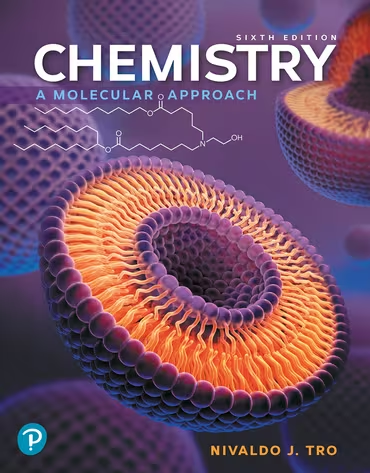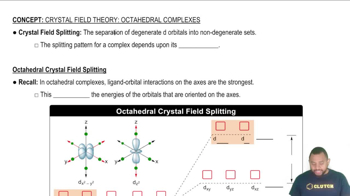Textbook Question
A solution contains 35 g of NaCl per 100.0 g of water at 25°C. Is the solution unsaturated, saturated, or supersaturated? (Use Figure 14.11.)

 Verified step by step guidance
Verified step by step guidance



A solution contains 35 g of NaCl per 100.0 g of water at 25°C. Is the solution unsaturated, saturated, or supersaturated? (Use Figure 14.11.)
A KNO3 solution containing 35 g of KNO3 per 100.0 g of water is cooled from 40°C to 0°C. What happens during cooling? (Use Figure 14.11.)
A KNO3 solution containing 35 g of KNO3 per 100.0 g of water is cooled from 40 °C to 0 °C. What happens during cooling? (Use Figure 14.11.)
Scuba divers breathing air at increased pressure can suffer from oxygen toxicity—too much oxygen in their bloodstream— when the partial pressure of oxygen exceeds about 1.4 atm. What happens to the amount of oxygen in a diver's bloodstream when he or she breathes oxygen at elevated pressures? How can this be reversed?